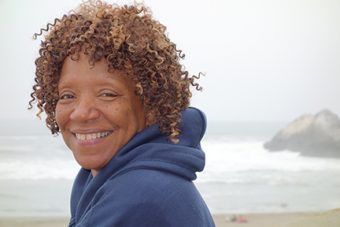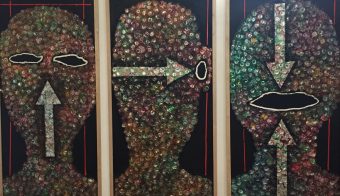
Cuba sits about 230 miles off the coast of Florida — less than the distance between St. Louis and Kansas City — yet remains a mystery to most Americans.

That is about to change, however, with the re-establishment of diplomatic relations between the two countries. Starting this year, for the first time since the Fidel Castro-led communist revolution there, Americans will be able to board commercial flights to the island nation.
“We are witnesses of a new era,” says Juanamaria Cordones-Cook, Catherine Paine Middlebush Professor of Romance Languages. She has been studying Afro-Cuban arts for the past quarter century.
As an academic, she has made 25 trips to the country to study its artistic culture and create documentaries. Working with colleagues across campus and partners in Cuba, she is bringing a premier showcase of Afro-Cuban art and scholarship to Mizzou.
Afro-Cuban Artists: A Renaissance, an interdisciplinary conference that runs April 27–30, is free and open to the public. The conference is sponsored in part by Mizzou Advantage and hosted by the MU Afro-Romance Institute and the Department of Romance Languages and Literatures.
Visiting Artists

Three of the most prestigious Afro-Cuban artists will be present, along with several leading Afro-Cuban scholars in the Americas and Europe. The conference will explore the Afro-Cuban artists who came of age after the 1959 revolution and examine the aesthetics and impact of their work and the socio-cultural and political contexts they operated in.

The African diaspora in Latin America, especially in Cuba, is largely hidden from international consciousness, says Nancy Morejón, a Cuban poet, author and president of the Cuban Academy of Language. The conference is a way to demonstrate proof of the work of the Afro-Cuban movement, she says.
Morejón is one of four keynote speakers at the conference.
One of the acclaimed artists in attendance is Santiago Rodríguez Olazábal, who creates intricate, mixed-media artwork laden with symbols. He will give a walking tour of an exhibit of his work at 5 p.m., April 28, in the Bingham Gallery, MU Fine Arts Building.
Also on exhibit will be artwork by local students. The students viewed documentaries Cordones-Cook created on each of the visiting artists and created work of their own inspired by the films.
The Bingham Gallery exhibit runs through May 1.
“[The conference] is building bridges between cultures, between different worlds — but they’re not that different,” Cordones-Cook says. “That’s the thing about building bridges: When you’re done, you realize that the differences aren’t that great.”

